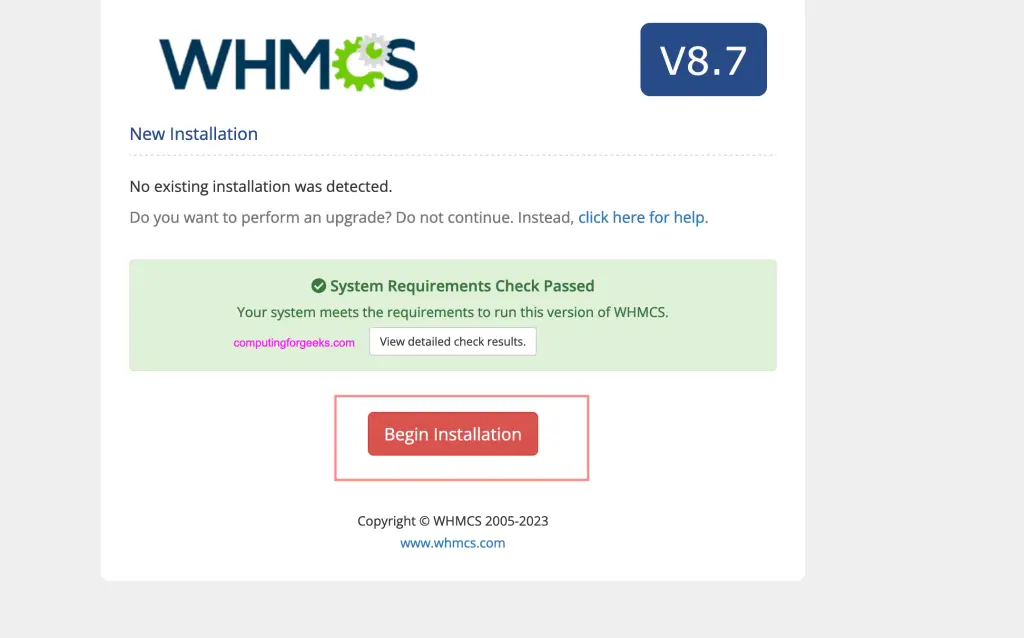How to Install WHMCS on Ubuntu Server
If you are looking to set up a web hosting business, then WHMCS is an essential tool to help you manage your clients and automate your billing system. In this guide, we will walk you through the steps to install WHMCS on an Ubuntu server.
Step 1: Update your Ubuntu server
Before installing WHMCS, it is important to ensure that your Ubuntu server is up to date. You can do this by running the following commands:
sudo apt update
sudo apt upgrade
Step 2: Install LAMP stack
WHMCS requires a LAMP (Linux, Apache, MySQL, PHP) stack to run. You can install the LAMP stack by running the following command:
sudo apt install apache2 mysql-server php php-mysql php-curl php-zip php-xml libapache2-mod-php
Step 3: Create a MySQL database for WHMCS
Next, you would need to create a MySQL database and user for WHMCS. You can do this by running the following commands:
sudo mysql -u root -p
CREATE DATABASE whmcs;
CREATE USER 'whmcs'@'localhost' IDENTIFIED BY 'password';
GRANT ALL PRIVILEGES ON whmcs.* TO 'whmcs'@'localhost';
FLUSH PRIVILEGES;
EXIT;
Step 4: Download and extract WHMCS
Now, you need to download the latest version of WHMCS from the official website. You can do this by running the following command:
wget https://www.whmcs.com/members/downloads.php
After downloading, extract the files to your web server directory using the following command:
sudo tar -zxvf whmcs.zip -C /var/www/html/
Step 5: Set up the WHMCS configuration
Now, you need to set up the configuration file for WHMCS. You can do this by renaming the configuration file and providing your MySQL database details:
cp /var/www/html/whmcs/configuration.php.new /var/www/html/whmcs/configuration.php
vim /var/www/html/whmcs/configuration.php
Step 6: Finish the installation
Finally, you can finish the installation by accessing your WHMCS installation using your server IP address or domain name in your web browser. Follow the on-screen instructions to complete the setup process.
Congratulations! You have successfully installed WHMCS on your Ubuntu server.
